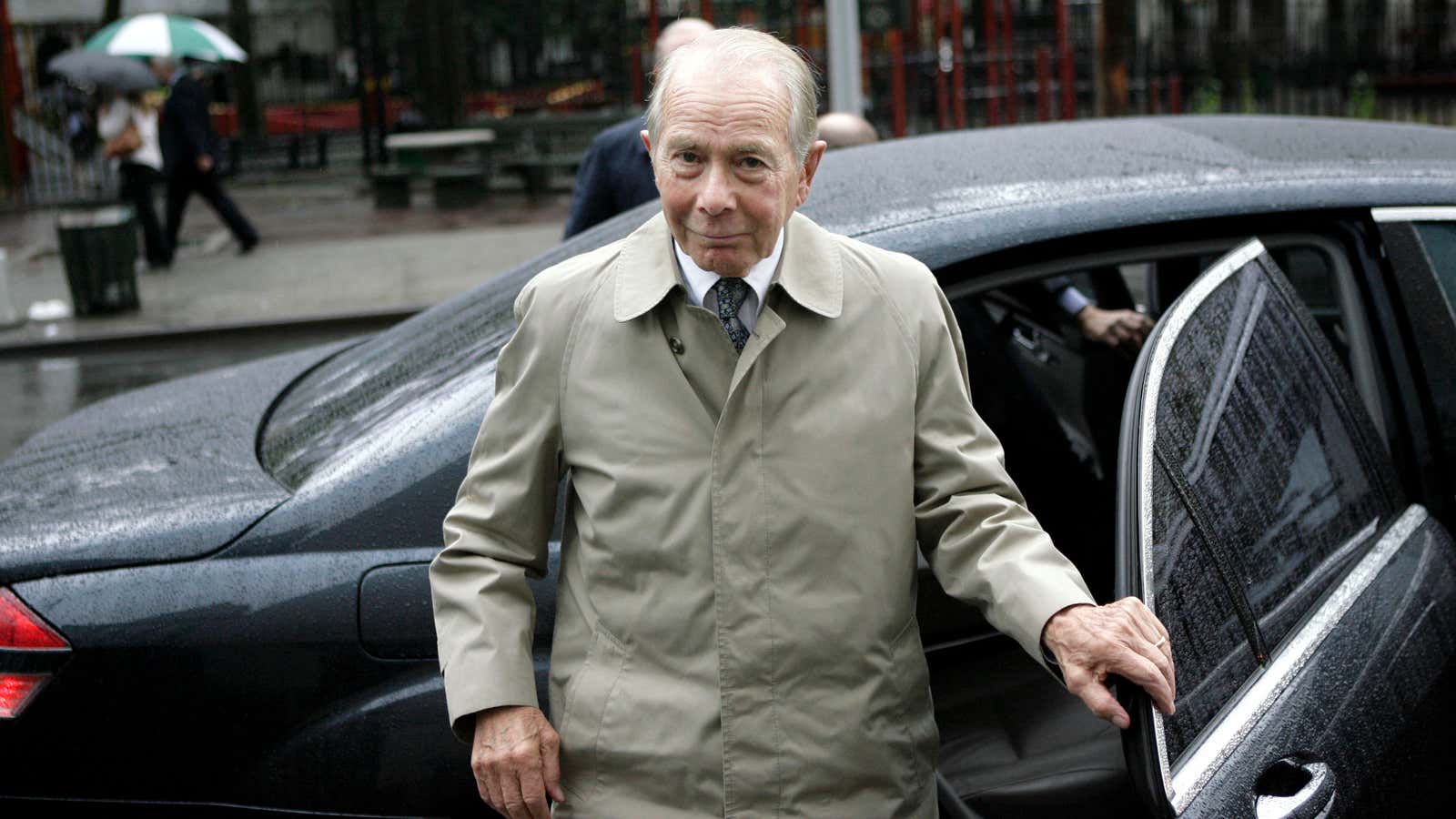In Washington, it’s one thing to subsidize farmers, those salts of the earth. But does it matter if crop subsidies accrue on Wall Street, too?
The US farm bill includes food subsidies for the poor and crop subsidies for farmers, but battles over how much to cut each respective category have created an open fissure between Democrats, who want to limit reductions in poverty food aid at a time of falling deficits and high unemployment (some 48 million Americans face hunger), and Republicans, who propose major cuts to food stamps and voted for the first standalone crop insurance bill to subsidize farmers.
The face of the conflict is Tennessee Republican congressman Steven Fincher, whose farm collects millions in subsidies while his poor constituents contemplate the loss of a key food source. But farms owned by Fincher and others aren’t the only parties interested in those subsidies—the increasing reliance on crop insurance over direct payments means that Wall Street is also taking a share; a new Bloomberg report found that $14 billion in taxpayer money paid 60% of farmer’s premiums during a drought-ridden 2012.
On its face, the whole point of subsidizing insurance means subsidizing insurance companies, which include subsidiaries of major banks like Wells Fargo as well as smaller firms headed by billionaire heirs, a new firm run by Hank Greenberg of AIG fame and another run by his son.
The crop insurance program is designed to ensure that companies earn at least 14.5% return on equity, higher than the average 12% ROE averaged by banks in 2012, by covering insurers’ operating costs and paying farmers’ premiums when they can’t afford to pay themselves. That has financial analysts wondering if this is too sweet a deal for the financial sector.
Coverage specifics are negotiated between the government and eligible insurers, which means that, absent of competing on price, the only way for insurers to gain market share is to win the business of the agents who sell the policies directly to farmers. Critics say this creates an incentive for insurers to approve as many claims as they can, which may in turn contribute to the program’s fraud problem. The government says crop insurers earned $10 billion in the last decade while the government covered $70 billion in losses.
That’s why, for all the focus on Fincher’s farm subsidies, it’s important to note his biggest source of political donations isn’t agribusiness but the insurance and banking industries, which have given his campaign $126,000 so far in 2013. Protecting subsidies is an age-old tradition, and there’s no powerful industry coming to the aid of the poor—the $40 billion in food stamp funding Republicans want to cut over the next 10 years won’t affect the grocery industry’s over $1 trillion in US sales, but it will leave some 4 to 6 million low-income people scrambling to afford their dinner.
Industry sources dispute the government calculations of their windfalls, and say that absent these subsidies, crop insurance would be pricey enough to drive many farmers out of the market, leaving them begging for bailouts if volatile weather leaves them with ruined fields—a situation made increasingly likely by global warming.
